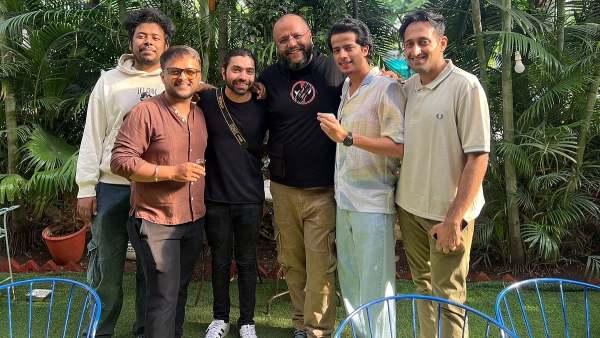Most people assume their only option for a driving test is the Department of Motor Vehicles (DMV). That’s why they end up stuck on long waitlists just to schedule an exam. But in many states, there’s usually another option generally called third-party driving tests. These are official driving exams administered by private driving schools or training centers that have been authorized by the state.
Advertisement
Even though these driving schools or training centers aren’t part of the DMV, they still have to follow the same rules, scoring criteria, and sometimes, the same route. If you pass the test, you’ll get the exact same license you would from the DMV, DDS (Department of Driver Services), or DPS (Department of Public Safety), depending on the agency that oversees licensing where you live.
With limited staff and high demand, long wait times are unfortunately pretty common. States allow third-party testing to reduce the backlog at these offices. These third-party examiners help ease off some pressure by offering more flexible scheduling times and, in some cases, a familiar testing environment, which can be especially helpful for nervous first-time drivers.
Advertisement
Now, this has given some people the impression that it’s much easier to pass through a third party. But states regulate and audit these programs regularly to ensure that the process is fair. Here’s how third-party driving tests work, where they’re available, how you can schedule one, and everything you need to know before you book your test.
What’s the difference between a third party and DMV road test?
Just because third-party driving tests are more convenient doesn’t mean they’re a shortcut to getting your license. Sure, you have more time slots to choose from, and in many cases, you get to take the test at your driving school which is a setting you’re already familiar with. But the test itself isn’t watered down.
Advertisement
That’s because the state verifies each tester’s credentials, which usually includes a clean driving record and valid instructor certification. Officials also inspect their testing routes or facilities, and require surety bonds or liability insurance before giving an approval. Even after certification, they still regularly audit these testers through random ride-alongs and expect them to obey the relevant rules. If there’s any violation, the state can suspend or revoke their certification.
In fact, each state publishes a list of approved third-party testers on its DMV website, so always check there first to make sure you’re going with a legitimate center. To ensure there’s no bias, some states/districts like Washington, D.C., for instance, have rules that the person who trained you isn’t allowed to be the one who tests you. You’ll need to book with a different driving school entirely to avoid any conflicts of interest. So, instead of looking for a shortcut, focus on avoiding the mistakes that cause most people to fail their driving tests.
Advertisement
Arguably, the biggest difference between a DMV and a third-party test comes down to price. DMVs typically never charge more than $50 for a road test. Third-party testers, on the other hand, are private businesses who charge for their time. In most states, the fee is set by the provider and varies. However, some states cap what third-party testers can charge, at $100, to keep things fair.
Which states allow third-party driving tests?
Not every state offers third-party testing, and even for the states that have this option, the rules vary depending on the license type you’re applying for. Some states, like Utah, Pennsylvania, and Texas, allow certified third-party examiners to administer the regular non-commercial driving test. Others, like New York, and Virginia limit third-party testing strictly to commercial licenses (CDLs). In places like Georgia and South Carolina, you can complete a test for either commercial or non-commercial vehicle licenses through a certified third-party provider. Make sure you check your state’s DMV website to see what’s allowed in your area.
Advertisement
Scheduling a third-party test is usually straightforward. You can start by looking up your state’s list of approved third-party testers. Most DMV websites publish an official directory. Once you’ve picked a certified provider, you’ll book the test directly through them. Just make sure you’ve got all your paperwork ready. Confirm what documents you need, what type of vehicle is required, and whether the provider has any training prerequisites. After you pass, your results are submitted to the DMV so they can issue your license. Just keep in mind that even if you pass, the DMV can still require a re-test, without notice.
That said, each state sets its own requirements for taking a third-party test. Most states require teens to hold a learner’s permit for a minimum of six months, complete a state-approved driver’s education program, and meet basic age or ID standards. For instance, in Texas, if you’re between 16 and 24, you’ll need to show a DE-964 certificate proving you’ve completed the required driver education. Georgia has a similar setup where applicants must complete 30 hours of classroom instruction and six hours of behind-the-wheel training before they’re allowed to take a third-party test.
Advertisement








